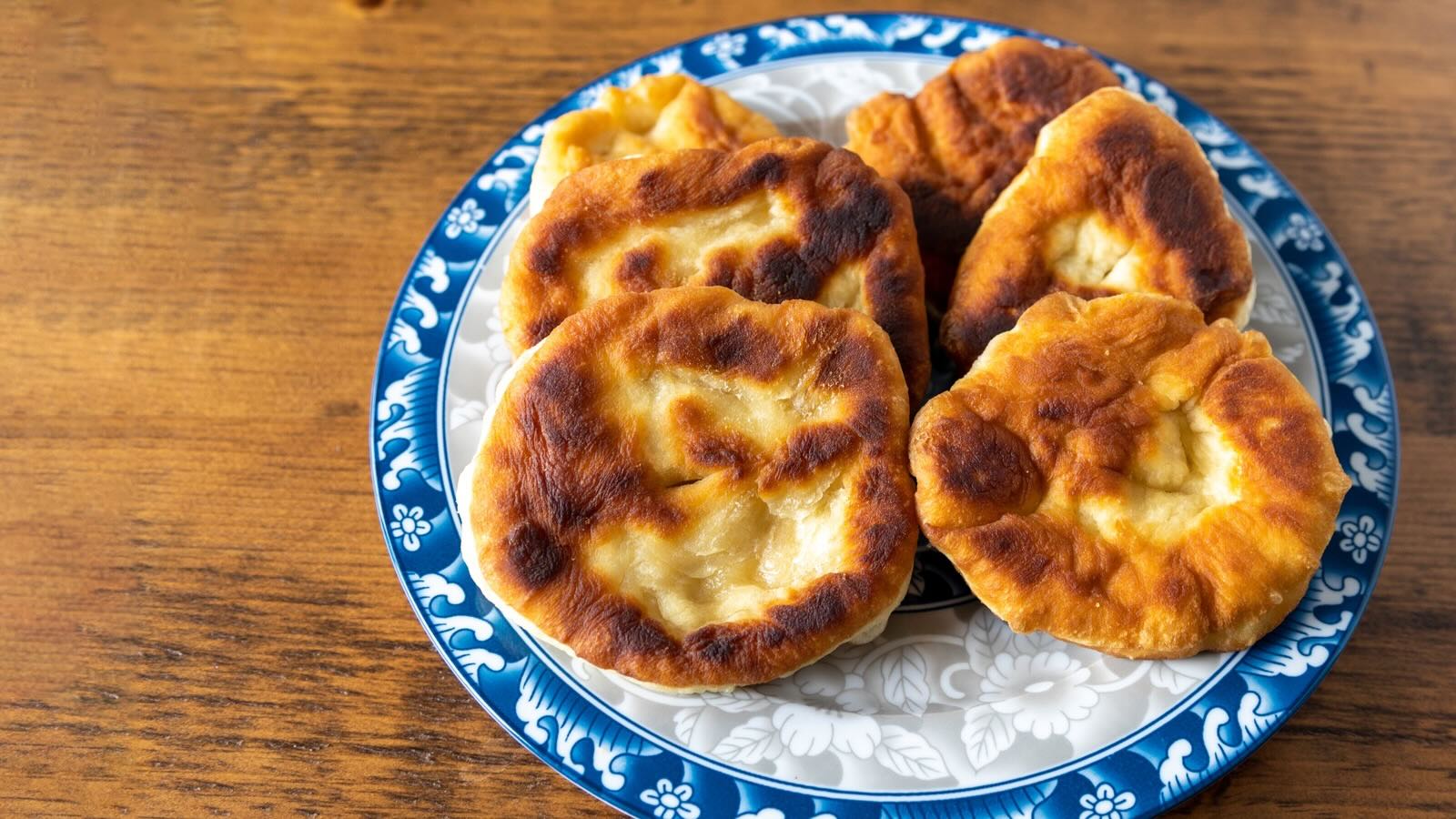
Ever wondered about the rich history and unique characteristics of Bannock? This traditional bread, often linked to Indigenous cultures and Scottish heritage, has a fascinating story. From its origins to its modern-day variations, Bannock offers a glimpse into culinary traditions that have stood the test of time. Whether you're curious about its ingredients, cooking methods, or cultural significance, there's much to learn. This article dives into 28 intriguing facts about Bannock, shedding light on why this simple yet versatile bread remains beloved by many. Ready to uncover the secrets behind Bannock? Let's get started!
What is Bannock?
Bannock is a type of flatbread that has been a staple in many cultures for centuries. Its simplicity and versatility make it a beloved food item. Let's dive into some fascinating facts about this ancient bread.
-
Bannock originated in Scotland, where it was traditionally made with oats or barley.
-
Indigenous peoples in North America adopted bannock, incorporating it into their culinary traditions.
-
The word "bannock" comes from the Gaelic word "bannach," meaning "morsel."
-
Bannock can be baked, fried, or cooked on a griddle, making it incredibly versatile.
-
Scottish settlers brought bannock to Canada, where it became a staple among fur traders and pioneers.
-
In Scotland, bannock is often associated with holidays and special occasions.
Ingredients and Preparation
The ingredients and preparation methods for bannock can vary widely, depending on the region and cultural influences.
-
Traditional Scottish bannock is made with oats, barley, or a combination of both.
-
Indigenous North American versions often use wheat flour, baking powder, and sometimes milk or water.
-
Some recipes include dried fruits, nuts, or herbs for added flavor.
-
Bannock dough is typically mixed by hand and can be shaped into rounds, squares, or even twisted into ropes.
-
The dough is usually quite simple, requiring only a few basic ingredients.
-
Bannock can be cooked over an open flame, in an oven, or even in a frying pan.
Cultural Significance
Bannock holds a special place in the hearts of many cultures, each adding their unique twist to this humble bread.
-
In Scotland, bannock is often associated with Beltane, a Gaelic May Day festival.
-
Indigenous peoples in Canada and the United States have their own versions of bannock, often passed down through generations.
-
Bannock is sometimes referred to as "Indian bread" in North America.
-
It is a common food at powwows, potlatches, and other cultural gatherings.
-
Bannock is often used in traditional ceremonies and rituals.
-
Some Indigenous communities have specific bannock recipes for different occasions, such as weddings or funerals.
Modern Variations
While traditional bannock remains popular, modern variations have emerged, reflecting contemporary tastes and dietary preferences.
-
Gluten-free bannock recipes have become increasingly popular.
-
Some modern recipes incorporate ingredients like cheese, garlic, or even chocolate.
-
Bannock tacos, where the bread is used as a base for taco fillings, have gained popularity.
-
Vegan versions of bannock use plant-based milk and butter substitutes.
-
Bannock is sometimes used as a pizza crust, offering a unique twist on a classic dish.
-
Sweet bannock, made with sugar and cinnamon, is a popular dessert option.
Fun Facts
Bannock has a rich history filled with interesting tidbits that might surprise you.
-
Bannock was a staple food for Scottish soldiers during the Jacobite rising of 1745.
-
The Hudson's Bay Company, a major fur trading business, often included bannock in their provisions.
-
Bannock is sometimes called "scone" in Scotland, though it is different from the sweet scones found in bakeries.
-
Some believe that bannock's simplicity and versatility have contributed to its enduring popularity across cultures and generations.
Bannock's Rich History and Cultural Significance
Bannock isn't just a type of bread; it's a slice of history. From its roots in Indigenous cultures to its adoption by Scottish settlers, bannock has woven itself into the fabric of many communities. This simple yet versatile bread has been a staple for centuries, providing sustenance and comfort.
Whether enjoyed with a hearty stew or as a sweet treat with jam, bannock's adaptability makes it a beloved dish. Its preparation methods and ingredients may vary, but the essence remains the same: a symbol of resilience and tradition.
Next time you bite into a piece of bannock, remember the rich history and cultural significance behind it. This humble bread has traveled through time, carrying stories and traditions that continue to connect us to our past. So, share a piece of bannock with friends or family, and keep the tradition alive.
Was this page helpful?
Our commitment to delivering trustworthy and engaging content is at the heart of what we do. Each fact on our site is contributed by real users like you, bringing a wealth of diverse insights and information. To ensure the highest standards of accuracy and reliability, our dedicated editors meticulously review each submission. This process guarantees that the facts we share are not only fascinating but also credible. Trust in our commitment to quality and authenticity as you explore and learn with us.
